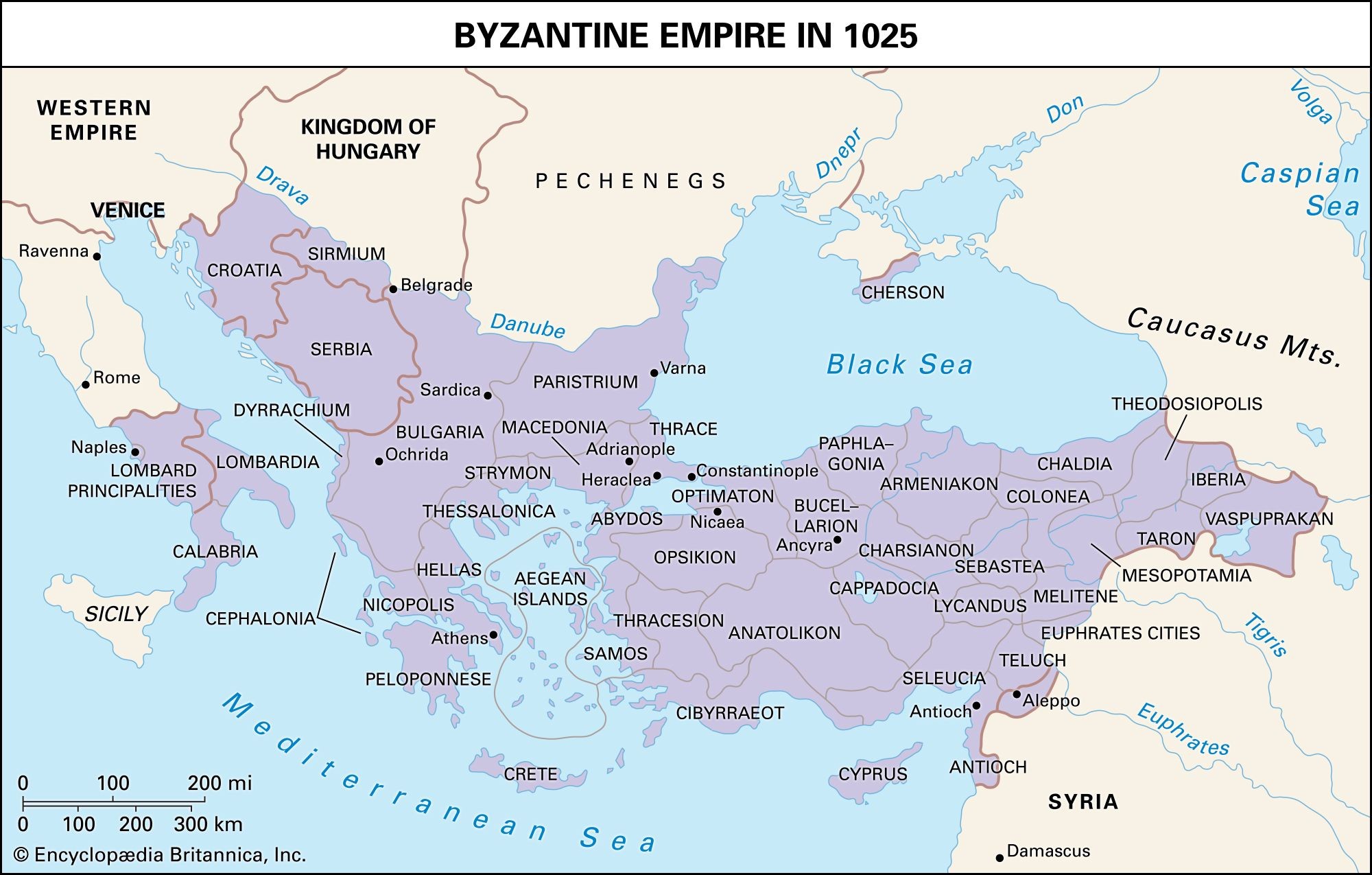The Byzantine Empire, also known as the Eastern Roman Empire, endured for over a millennium, surviving the fall of its western counterpart. Yet, by 1453, it too succumbed to external pressures and internal weaknesses. This article explores the multifaceted reasons behind the decline and eventual fall of this once-mighty empire.
Internal Strife and Weak Leadership
Following the death of Basil II in 1025, the Byzantine Empire experienced a period of political instability. A succession of weak emperors, often chosen by court factions rather than merit, led to inconsistent policies and internal power struggles. The constant shift in leadership hindered long-term planning and weakened the empire’s ability to respond effectively to external threats. This power vacuum was exacerbated by a growing divide between the military aristocracy in the provinces and the civilian bureaucracy in Constantinople.
The 11th century witnessed a decline in the theme system, the military and administrative structure that had been the backbone of Byzantine defense. Landowners in the provinces, seeking to capitalize on the empire’s weakening position, expanded their estates illegally, further eroding the theme system and the empire’s military strength. Simultaneously, the urban aristocracy focused on cultural pursuits and intellectual endeavors, neglecting the urgent need for military reform and strong leadership.
The Rise of New Enemies
As internal weaknesses festered, new and formidable enemies emerged on all fronts. From the north came the Pechenegs, nomadic Turkic tribes who raided Byzantine territories south of the Danube River. To the east, the Seljuk Turks, after conquering Persia and Baghdad, began encroaching on Byzantine Anatolia. The Battle of Manzikert in 1071, a resounding Seljuk victory, marked a turning point, leaving Anatolia, the empire’s breadbasket and main source of manpower, vulnerable to Turkish conquest.
Emperor Alexius I Comnenus appealed to the West for military assistance, leading to the First Crusade.
In the west, the Normans, having conquered southern Italy, extinguished Byzantine authority in the region and eliminated the possibility of reclaiming Sicily. The loss of these territories further diminished the empire’s resources and strategic position.
The Crusades and Western Influence
The arrival of the First Crusade in 1096, while initially offering assistance against the Seljuks, ultimately proved detrimental to the Byzantine Empire. The establishment of Crusader states in the Levant, particularly the Principality of Antioch, created new rivals and further strained relations between Byzantium and the West. Subsequent crusades, fueled by religious zeal and political ambition, often clashed with Byzantine interests.
The reign of John II Comnenus saw a temporary resurgence of Byzantine power, but underlying issues remained unresolved.
The increasing economic and political power of Western states, particularly Venice, led to unfavorable trade agreements that benefited the West at the expense of Byzantium. The Fourth Crusade, culminating in the sack of Constantinople in 1204, dealt a devastating blow to the empire, fracturing it into smaller states and accelerating its decline.
The Final Collapse
While the Byzantine Empire managed to recover Constantinople in 1261, it never regained its former strength. The rise of the Ottoman Turks, who steadily conquered Byzantine territories, proved to be the final blow. Weakened by centuries of internal strife, external pressures, and economic decline, Constantinople finally fell to the Ottomans in 1453, marking the end of the Byzantine Empire.
Conclusion
The fall of the Byzantine Empire was a complex process spanning centuries. A confluence of factors, including weak leadership, internal divisions, the rise of powerful enemies, the Crusades, and economic decline, ultimately contributed to its demise. The empire’s legacy, however, continues to influence art, architecture, law, and culture to this day. The story of its fall serves as a cautionary tale about the fragility of even the most enduring empires.
Emperor Manuel I Comnenus attempted to revive Byzantine power but ultimately overextended the empire’s resources.
